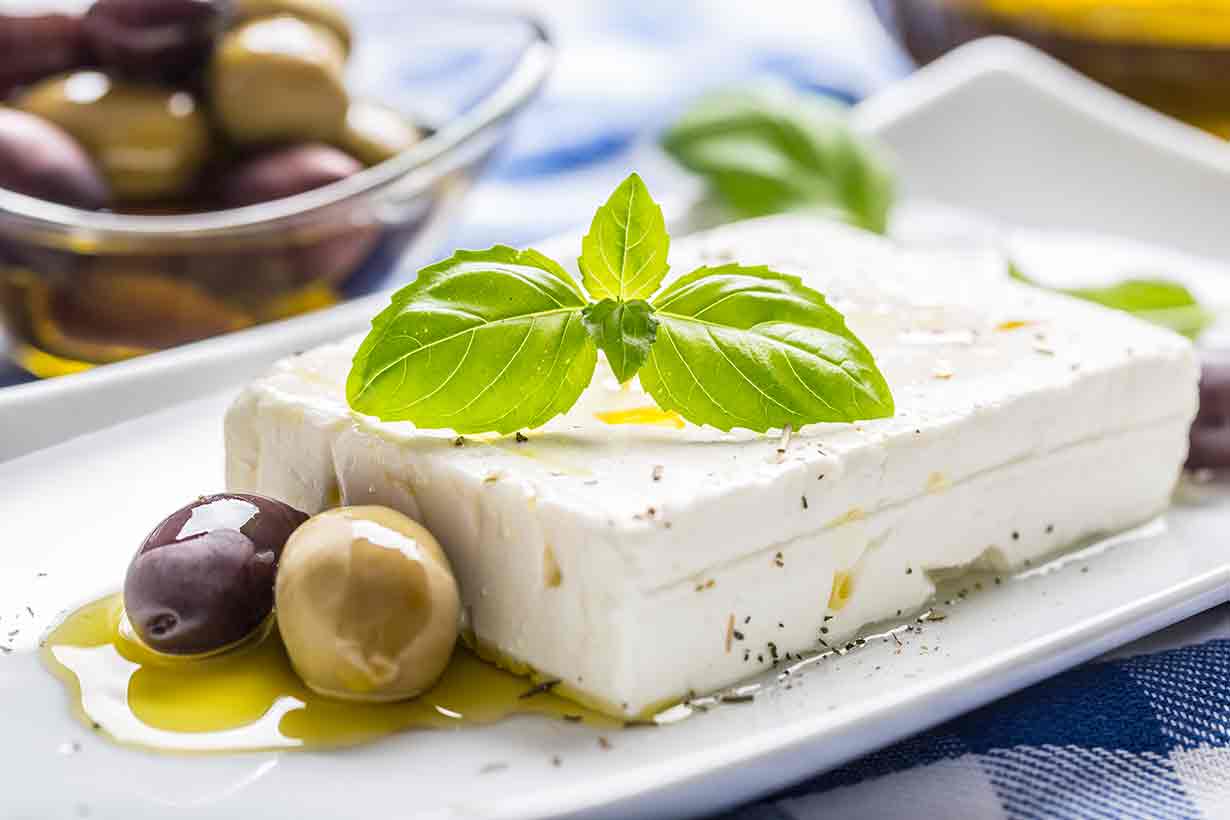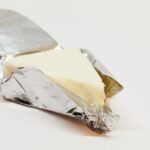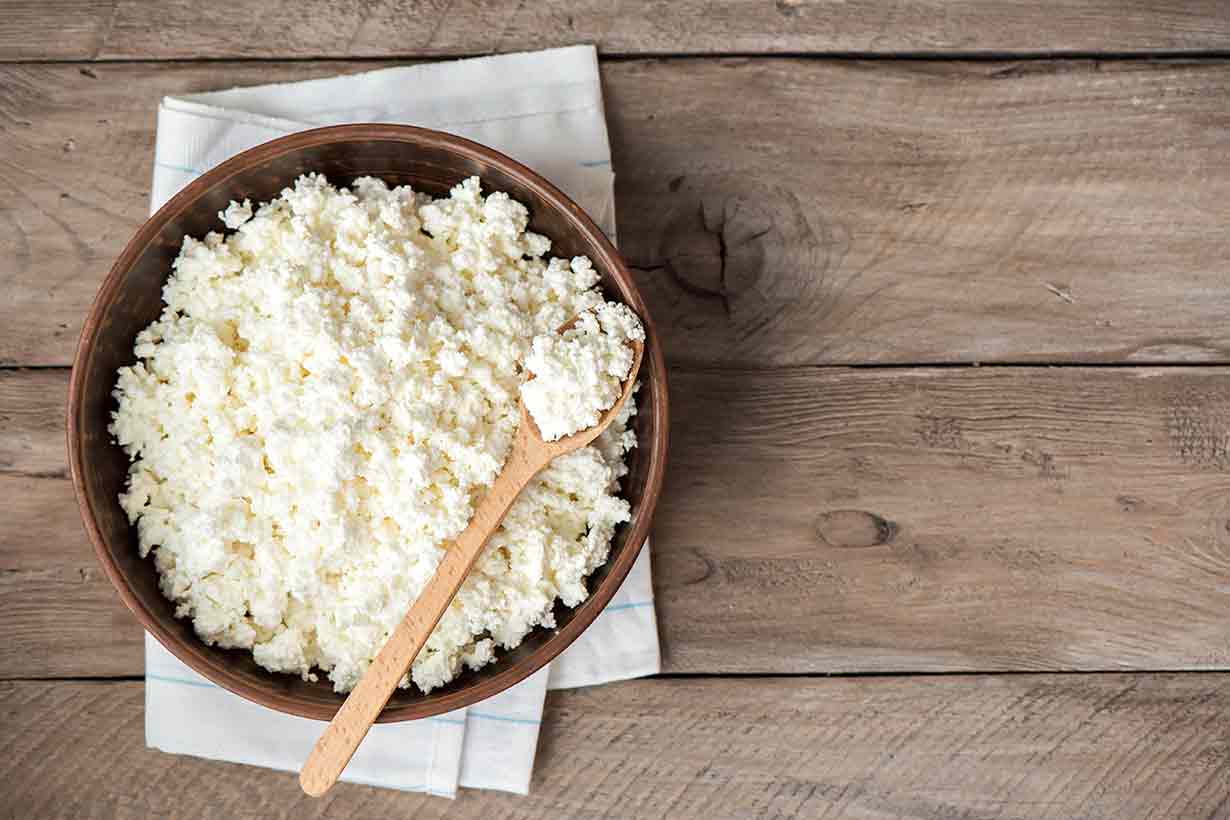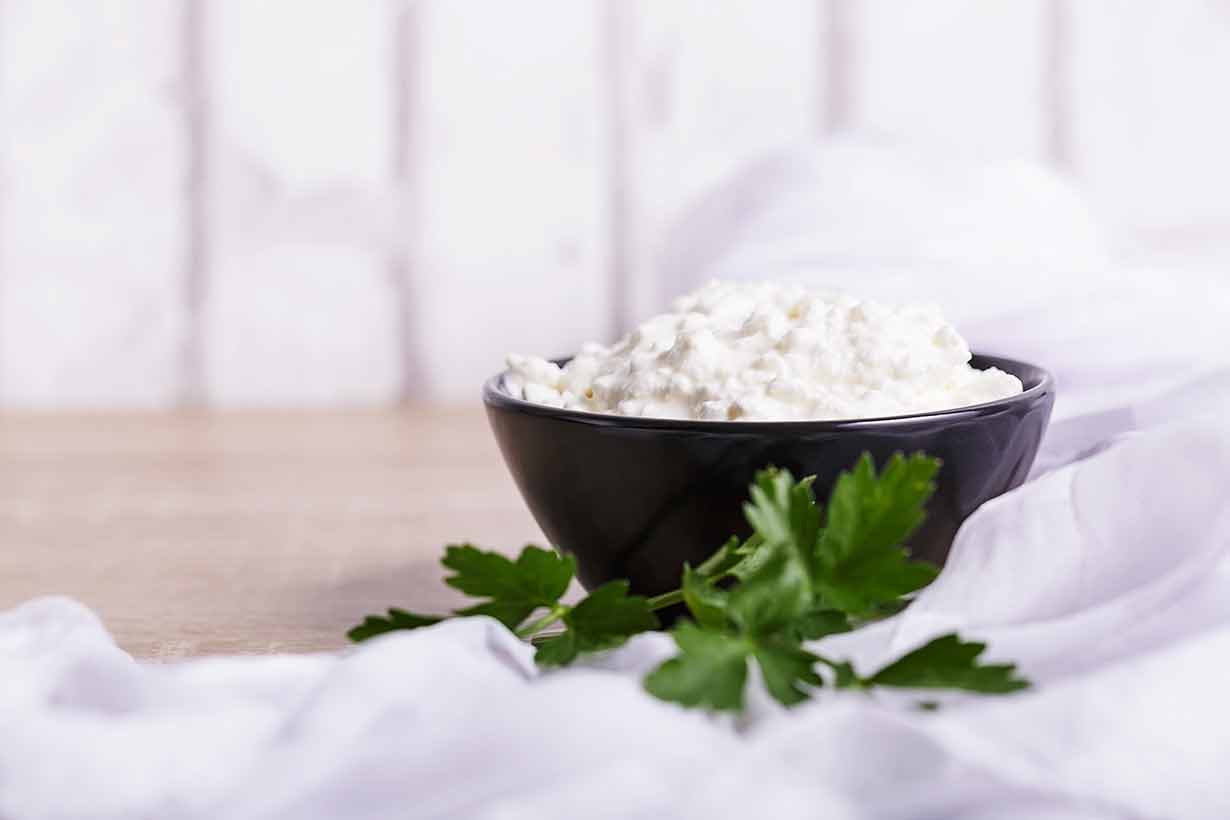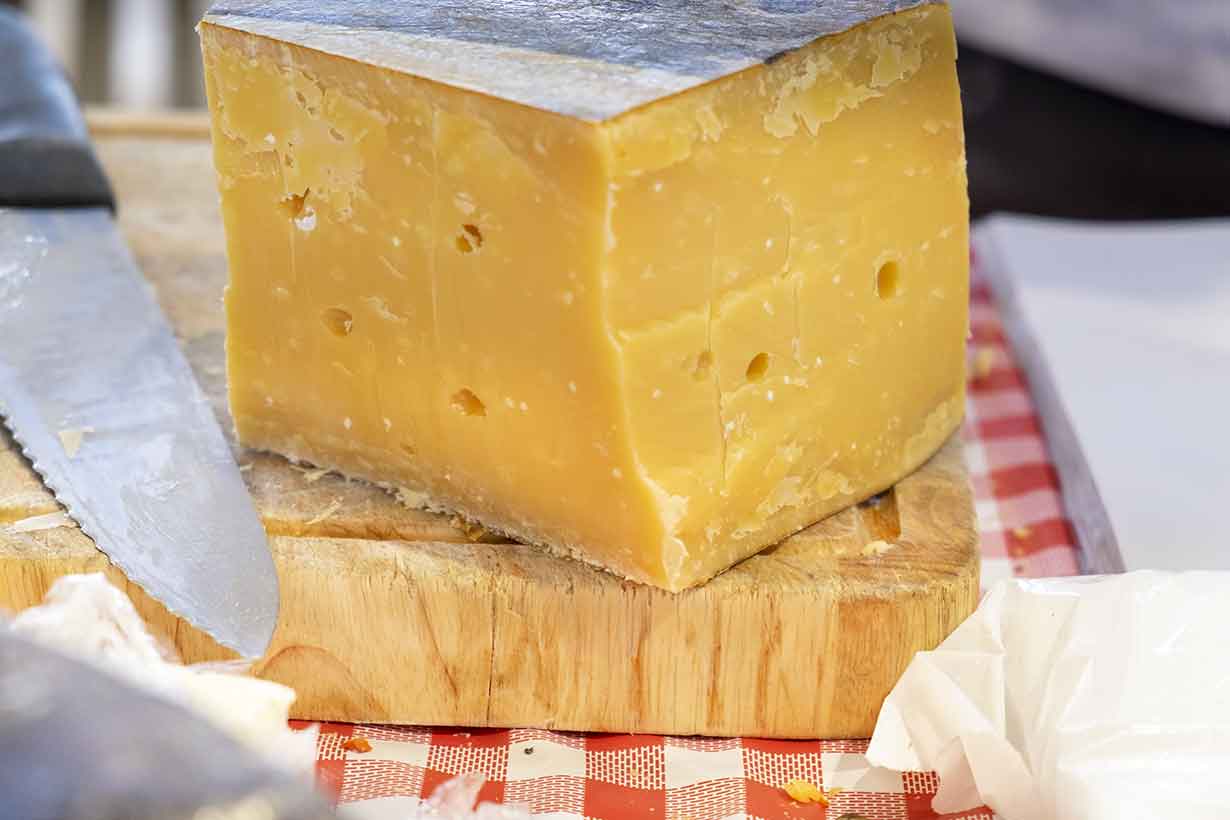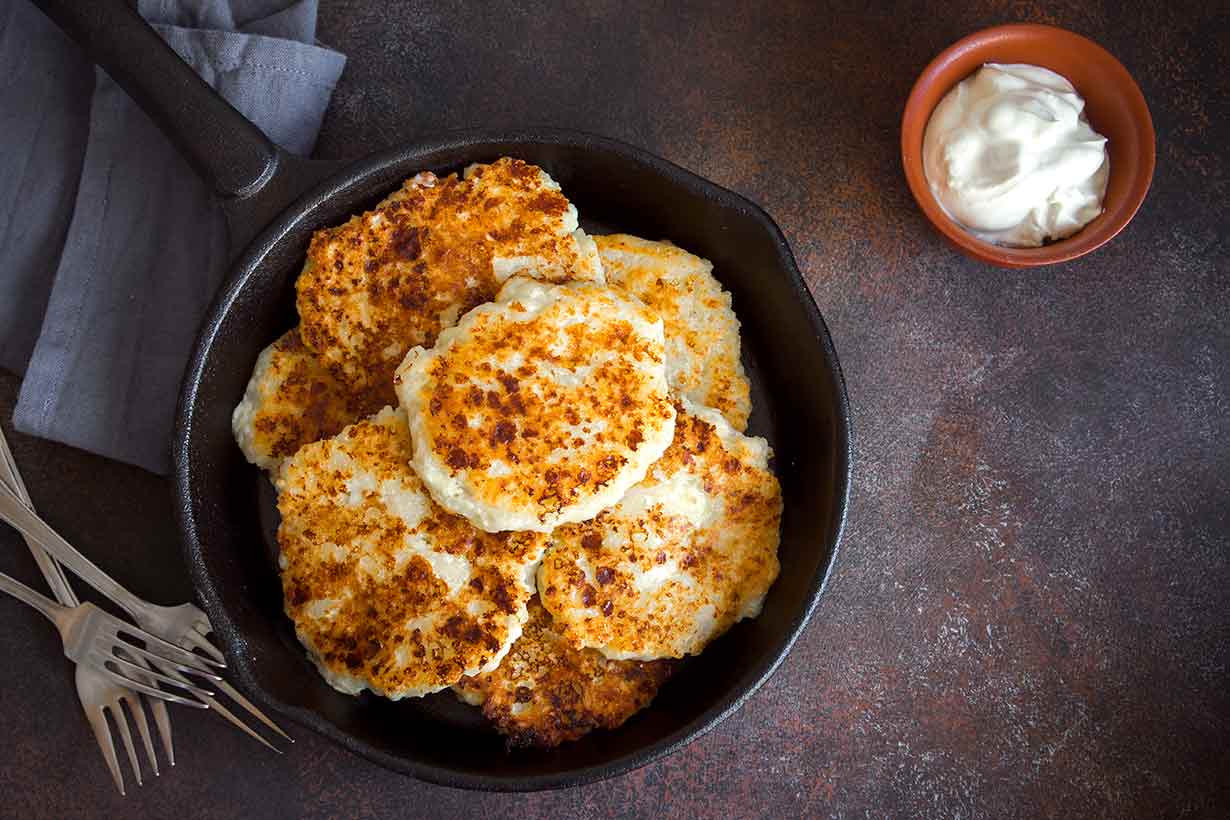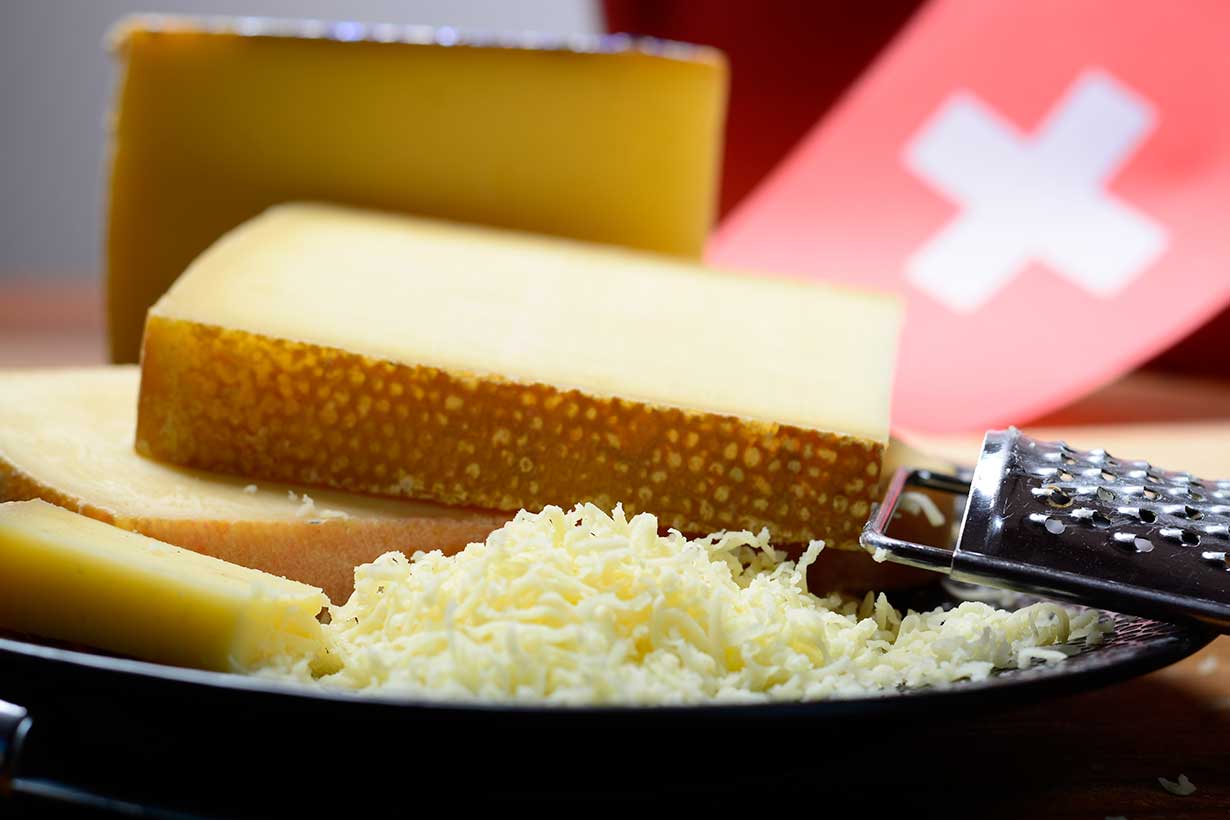Cheese curds are a nutrient-rich cheese product formed in the early stages of the cheesemaking process.
This article provides a guide to cheese curds, their characteristics, nutritional values, and how to use them.
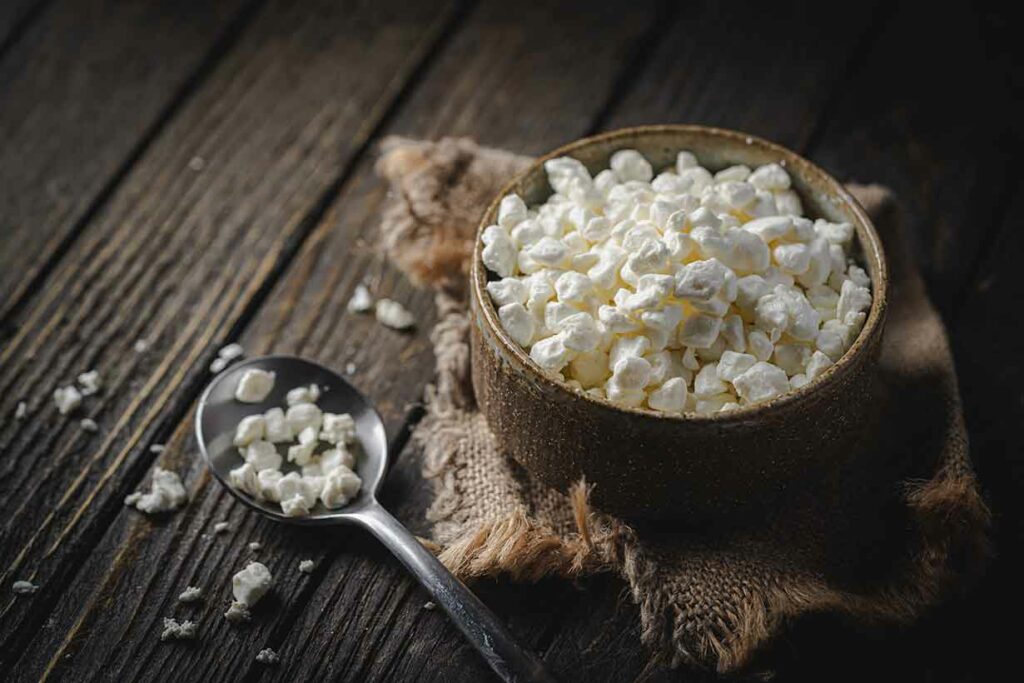
Table of contents
What Are Cheese Curds?
First of all, cheese curds are fresh pieces of cheese that have not undergone an aging process.
For culinary purposes, curds are a versatile ingredient, and they can feature in various cooked dishes.
However, unlike regular cheese, curds are supposed to be eaten quickly, ideally on the day of production or soon after.
This is because they lose their fresh texture and flavor and begin to dry after just a few days.
How Are Cheese Curds Made?
Curds are a product of the cheesemaking process, and they are formed at a stage before the cheese starts to take its final form.
While curds can be a by-product of the production of various cheese varieties, Cheddar is perhaps the most common.
In the initial stages, the process is the same as making regular cheese:
- First, pasteurized milk is added to large vats and heated.
- Next, the producers add bacterial starter culture (typically strains of Lactococcus) to the milk and stir it in (1).
- After a few hours, an additive created from yeast/fungus called rennet is added to the mix, which coagulates (solidifies) the milk by separating the curds and whey.
- Depending on the next step taken, either cheese curds or cottage cheese can be produced. Cheesemakers further separate the curd solids from the liquid whey to make cheese curds through extended heating and stirring. Once the curds have formed, they are pressed together to remove as much whey as possible.
- After this, they are shaped and cut into large slabs and placed repeatedly on top of each other, which presses out more whey. This part of the process is known in (Cheddar) cheesemaking as ‘Cheddaring.’
- After removing as much whey as possible, the curds are cut into smaller pieces, salted, and packaged ready for sale.
How Are Curds Different From Regular Cheese?
The main difference between cheese curds and regular cheese is that curds are fresh and have not had time to mature.
While cheese may have an aging time of a year or even more, cheese curds are produced from milk in only a few hours.
As a result, they have a milder flavor.
Due to the pressing and overall production process, cheese curds also have tightly bound proteins, giving them a firm, rubbery texture.
When we bite cheese curds, they make a squeaky noise when they make contact with tooth enamel for this reason. This ‘squeaky’ property is similar to halloumi, which also has a rubbery texture.
Cheese Curds Versus Cottage Cheese
As previously mentioned, there comes a point in the cheesemaking process where either cottage cheese or cheese curds can be produced.
To make cottage cheese, the curds and whey are not pressed into large slabs when separated.
Instead, the liquid whey is drained, and the (smaller sized) curds are rinsed. Thus, cottage cheese has more of a creamy texture with small curd pieces in it.
Cottage cheese also has a different taste, and it is sourer than regular cheese curds.
Lastly, producers may add some salt and even cream before packaging the cottage cheese.
In contrast to this, cheese curds are solid pieces. They do not have a creamy texture in the same way that cottage cheese does. Instead, they have a much firmer texture.
What Nutritional Values Do Cheese Curds Have?
Based on nutritional data from the NCC Nutrition Database, here are the nutritional values for cheese curds per ounce (28.35g) serving (2).
All daily values have been calculated using the nutrition data alongside the FDA’s published daily values (3).
| Name | Amount | % Daily Value |
|---|---|---|
| Calories | 84 kcal | |
| Carbohydrates | 1.58g | <1% DV |
| Fiber | 0g | 0% DV |
| Sugars | 0.54g | |
| Fat | 5.61g | 7% DV |
| Saturated | 3.20g | 16% DV |
| Monounsaturated | 1.45g | |
| Polyunsaturated | 0.24g | |
| Omega-3 | 0.02g | |
| Omega-6 | 0.16g | |
| Protein | 6.73g | 13% DV |
As we can see, most of the calories in cheese curds come from fat and protein.
Although cheese curds also contain carbohydrates, this is in very low amounts.
Vitamins
- Vitamin B12: 20% of the daily value
- Riboflavin (B2): 8% DV
- Vitamin A: 7% DV
- Folate: 2% DV
- Vitamin B6: 2% DV
- Pantothenic acid (B5): 2% DV
- Vitamin E: 1% DV
- Vitamin D: <1% DV
- Choline: <1% DV
- Thiamin (B1): <1% DV
- Vitamin K: <1% DV
Minerals
- Calcium: 15% DV
- Selenium: 14% DV
- Phosphorus: 12% DV
- Zinc: 9% DV
- Sodium: 8% DV
- Magnesium: 2% DV
- Potassium: 1% DV
- Copper: <1% DV
- Manganese: <1% DV
- Iron: <1% DV
Nutritional Benefits of Cheese Curds
As we can see from the nutritional values, the main nutritional benefits of cheese curds are protein, vitamin B12, and their mineral content.
In this regard, just an ounce (28.35g) of cheese curds provides 6.73 grams of protein, equal to approximately 24 grams of protein per 100 grams.
Although they are not the highest-protein cheese option, cheese curds are still an excellent protein source.
Furthermore, each ounce serving offers more than 10% of the daily value for four essential nutrients: vitamin B12, calcium, selenium, and phosphorus.
However, it is worth noting that these nutrients are in no way unique to cheese curds. In truth, they will be present in most varieties of cheese.
Where To Buy Cheese Curds
There is both good and bad news for those wondering where they can buy cheese curds.
On the positive side, cheese curds should be available anywhere cheese is made. Curd production is part of the cheesemaking process, so anyone with local cheese producers may be able to find some curds locally.
On the other hand, they are still more challenging to find than regular cheese products like Cheddar, Edam, etc.
Local farm shops, markets, and specialty cheese stores may have curds for sale.
It is also possible to buy cheese curds online, and an Internet search for “buy cheese curds” + the name of your local area/region/country should retrieve the correct information.
Lastly, Amazon has some reasonably-priced cheese curds for sale (disclosure: affiliate link).
How To Make Homemade Cheese Curds
Producing cheese curds only requires a few select ingredients, heat, and time.
Therefore, it is possible to make homemade cheese curds for those who have the required enthusiasm for this somewhat time-consuming process.
Rather than explaining the process in full, here is a detailed guide to making cheese curds at home.
What Can We Do With Cheese Curds?
For anyone who has bought (or is considering buying) some cheese curds, how can we use them?
Fortunately, these squeaky bite-sized pieces of cheese are versatile and have many different uses.
Here are some of the most popular dishes and other ideas for using cheese curds:
- Poutine: Poutine is a famous Canadian dish of French fries and cheese curds covered with gravy.
- Deep-fried breaded cheese curds: another popular way of eating curds is to bread and then deep-fry them. For a healthier option, try following one of the many air-frier recipes.
- Marinated and baked cheese curds: marinate the curds in a sauce of choice, and then bake them in the oven for approximately twenty minutes at 200°C (392°F).
- Seasoned and baked cheese curds: put the curds in a large bowl and add a bit of black pepper, garlic powder, and freeze-dried chives. Stir the contents to coat the curds with the seasoning evenly, transfer them to a baking tray, and then bake for twenty minutes at 200° (392°F).
- Pizza topping: use curds for a homemade pizza topping. They offer something different alongside the texture of the regular melted cheese on pizza.
- Pesto salad: add some cheese curds to a salad featuring leafy greens, cherry tomatoes, salad items of choice, and a pesto dressing.
Summary
Nutritionally, cheese curds are a fresh form of cheese and share a similar nutrient profile to regular aged cheese.
Among the nutrients they provide, they contain particularly high amounts of protein, calcium, vitamin B12, and selenium.
Cheese curds are a great-tasting cheese product that can be used in a wide range of different ways.

